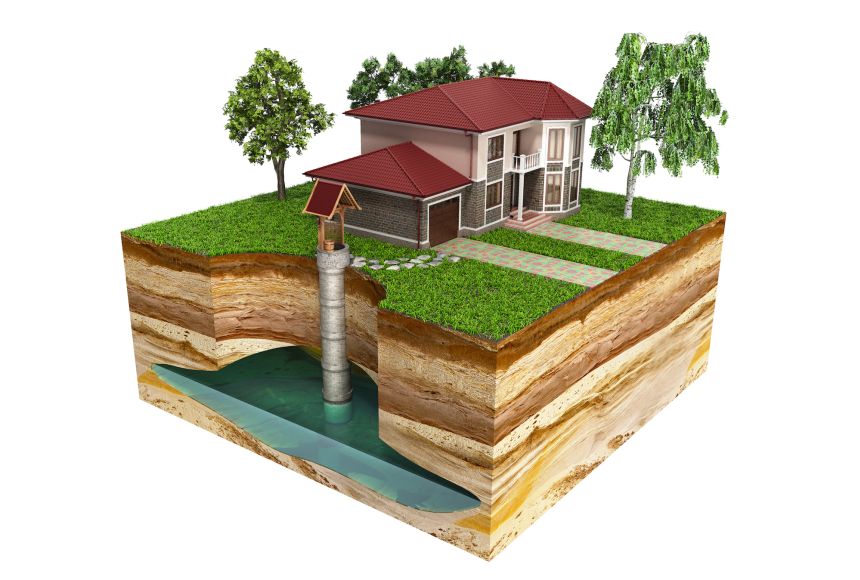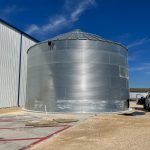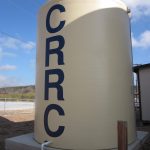New and current home owners often rejoice at the thought of having their own well on site. Imagining an endless supply of water at their fingertips, they tap into this source and use the water “without restrictions.” However, the water that lies in the well does not flow independently and without the shared effort of the community’s natural resources: our local aquifers.
An aquifer is a groundwater reservoir that often spans large geographical areas, crossing political boundaries and serving multiple users. It’s essential to understand why aquifers are considered shared resources and the implications involved. Aquifers provide a vital source of freshwater for various users and purposes, including drinking water supply, agricultural irrigation, industrial processes, and even environmental conservation. These different users often draw water from the same aquifer to meet their needs.
Aquifers can extend over vast areas, sometimes spanning multiple towns, cities, states, or even countries. For example, the High Plains Aquifer (also known as the Ogallala Aquifer) in the United States covers parts of eight states. The fact that aquifers are not confined to a single jurisdiction makes them inherently shared.
Aquifers also may intersect political or administrative boundaries, leading to a complex situation where different governments or entities have authority over the same aquifer. This creates a need for cooperation and coordinated management.
They are often interconnected with surface water bodies, such as rivers and lakes. Changes in groundwater levels or quality can affect the health of these surface water systems, further highlighting the interconnected nature of water resources.
As groundwater is a finite resource, over-extraction can lead to aquifer depletion. Once an aquifer is depleted, the wells that rely on it for replenishment begin to “run dry.”
Sustainable management is crucial to ensure that the aquifer can continue to meet the needs of present and future generations.

To address the shared nature of aquifers and promote sustainable management, various strategies and mechanisms should be employed. Some regions have established legal frameworks and agreements to allocate and manage groundwater resources across multiple jurisdictions. These can include interstate or international compacts, treaties, or groundwater management districts.
Water stewards, including government agencies, water utilities, agricultural groups, and environmental organizations, should be working together to develop and implement strategies for sustainable aquifer management.
Accurate data collection and sharing among stakeholders is crucial for informed decision-making regarding aquifer management. This helps track groundwater levels, quality, and trends over time.
Though there are not “water restrictions” in place for wells, implementing regulations and permitting systems can help control groundwater extraction to prevent overuse and encourage responsible water management.
Some state and local governments have processes in place to limit water extraction, though more oversight is needed to ensure future generations have aquifers that can be relied upon.
The public needs proper education about the importance of conserving groundwater and using it wisely, so that they themselves can promote responsible water use and reduce the strain on aquifers.
Water is a shared resource. Water belongs to us all. In order to be a valuable water steward, well owners should take it upon themselves to conserve during high times of drought for the benefit of current and future generations.





